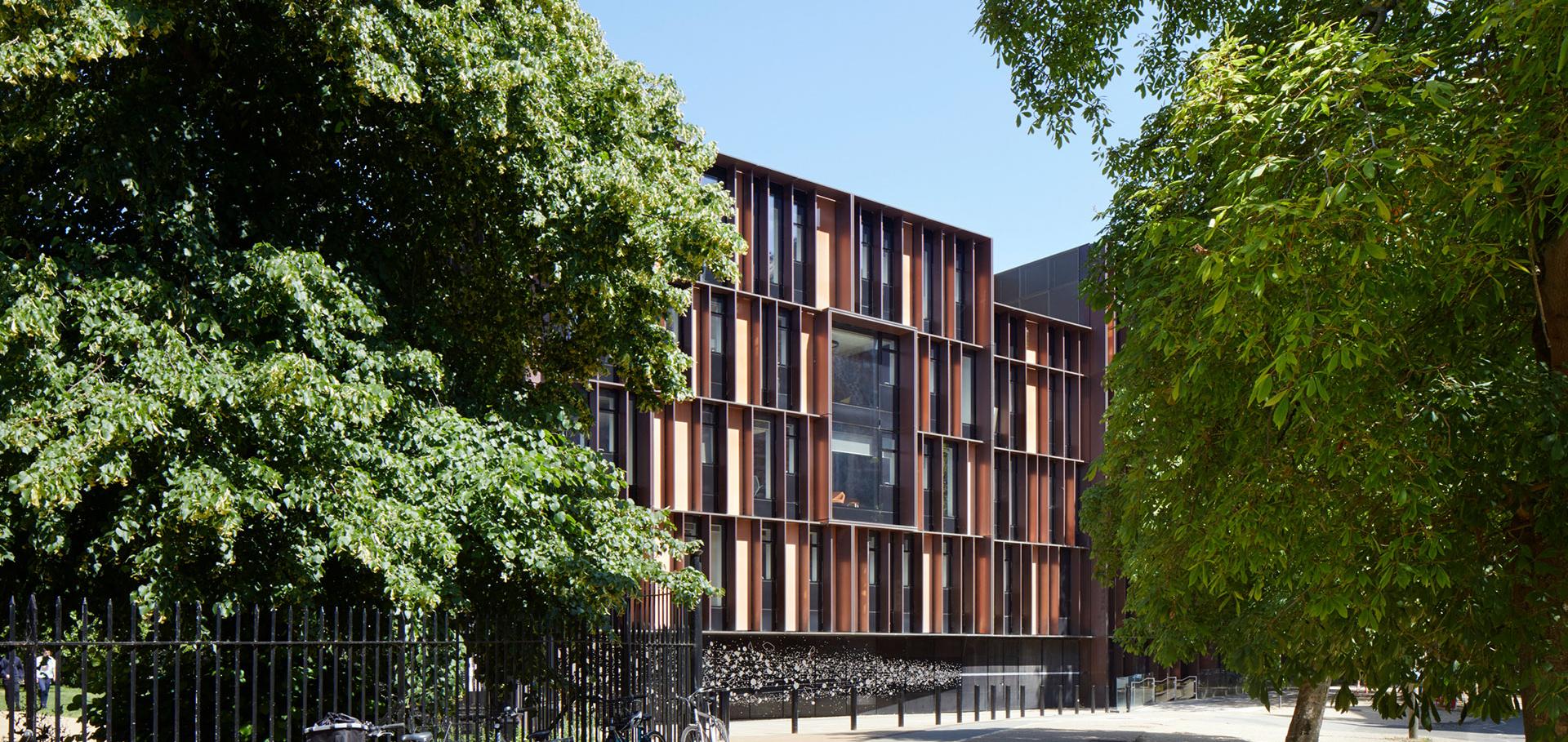TORCH-a Cherenkov based time-of-flight detector
NUCLEAR INSTRUMENTS & METHODS IN PHYSICS RESEARCH SECTION A-ACCELERATORS SPECTROMETERS DETECTORS AND ASSOCIATED EQUIPMENT (2014)
Development of precision Time-Of-Flight electronics for LHCb TORCH
Journal of Instrumentation 9:2 (2014)
Abstract:
The TORCH detector is proposed for the low-momentum particle identification upgrade of the LHCb experiment. It combines Time-Of-Flight and Cherenkov techniques to achieve positive π/K/p separation up to 10 GeV/c. This requires a timing resolution of 70 ps for single photons. This paper reports on the electronics developed for such measurements, using commercial Micro Channel Plate (MCP) devices and custom ASICs (NINO and HPTDC). The intrinsic timing resolution of the electronics measured with electrical test pulses is 40 ps. With the MCP photon detector and a pulsed laser, a resolution of 90 ps has been recorded in laboratory tests and 130 ps in test beams. © CERN 2014.TORCH — a Cherenkov-based time-of-flight detector
Acta Physica Polonica B Jagiellonian University 7 (2014) 711-718
Abstract:
TORCH is an innovative high-precision time-of-flight system to provide particle identification in the difficult intermediate momentum region up to 10 GeV/c. It is also suitable for large-area applications. The detector provides a time-of-flight measurement from the imaging of Cherenkov photons emitted in a 1 cm thick quartz radiator. The photons propagate by total internal reflection to the edge of the quartz plate, where they are focused onto an array of photon detectors at the periphery. A time-of-flight resolution of about 10-15 ps per incident charged particle needs to be achieved for a three sigma kaon-pion separation up to 10 GeV/c momentum for the TORCH located 9.5 m from the interaction point. Given ∼ 30 detected photons per incident charged particle, this requires measuring the time-ofarrival of individual photons to about 70 ps. This paper will describe the design of a TORCH prototype involving a number of ground-breaking and challenging techniques.Performance of the LHCb RICH detector at the LHC
European Physical Journal C 73:5 (2013) 1-17
Abstract:
The LHCb experiment has been taking data at the Large Hadron Collider (LHC) at CERN since the end of 2009. One of its key detector components is the Ring-Imaging Cherenkov (RICH) system. This provides charged particle identification over a wide momentum range, from 2-100 GeV/c. The operation and control, software, and online monitoring of the RICH system are described. The particle identification performance is presented, as measured using data from the LHC. Excellent separation of hadronic particle types (π, K, p) is achieved. © 2013 CERN for the benefit of the LHCb collaboration.First radiation hardness results of the TeraPixel Active Calorimeter (TPAC) sensor
JOURNAL OF INSTRUMENTATION 8 (2013) ARTN P01007


